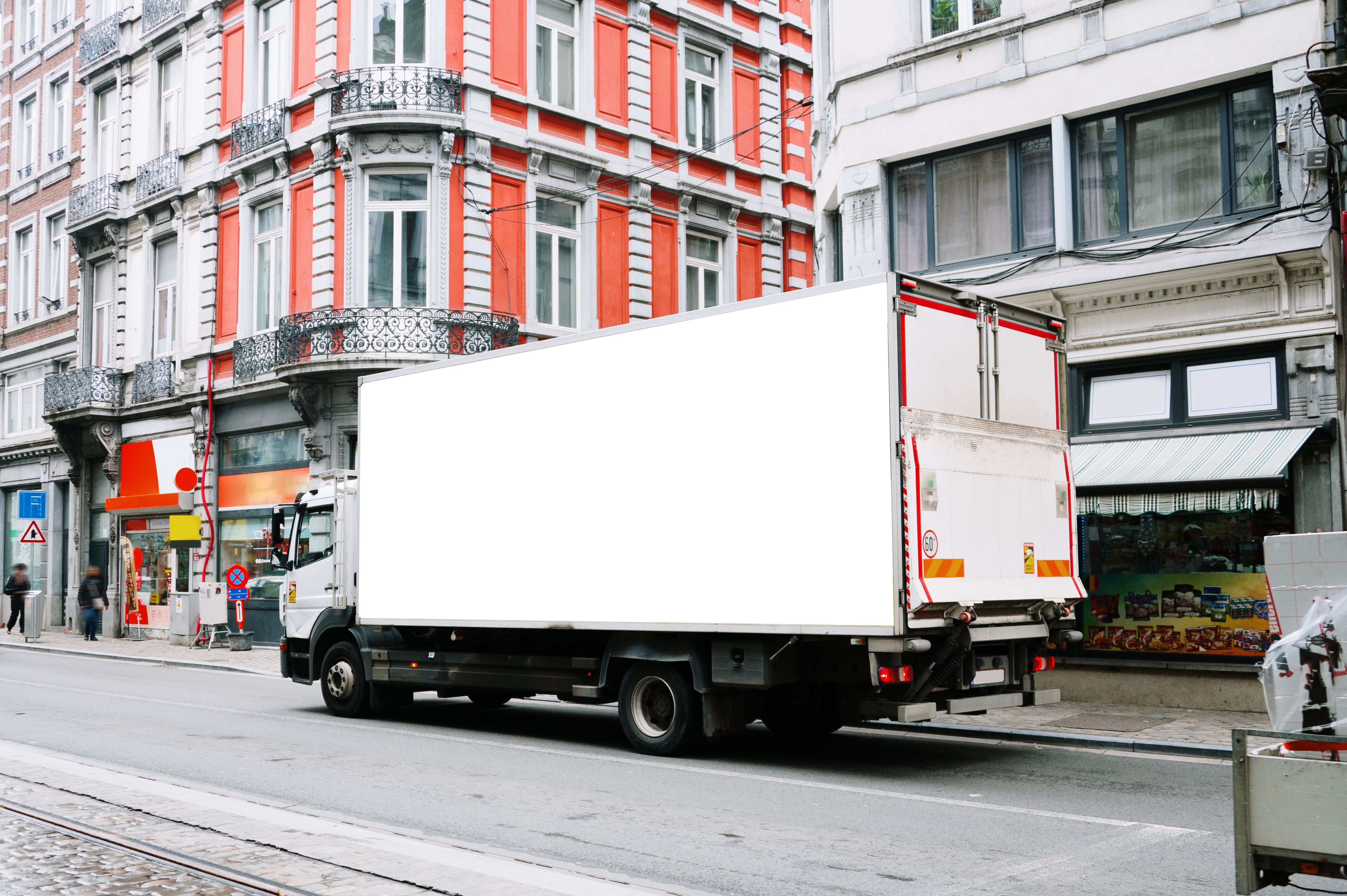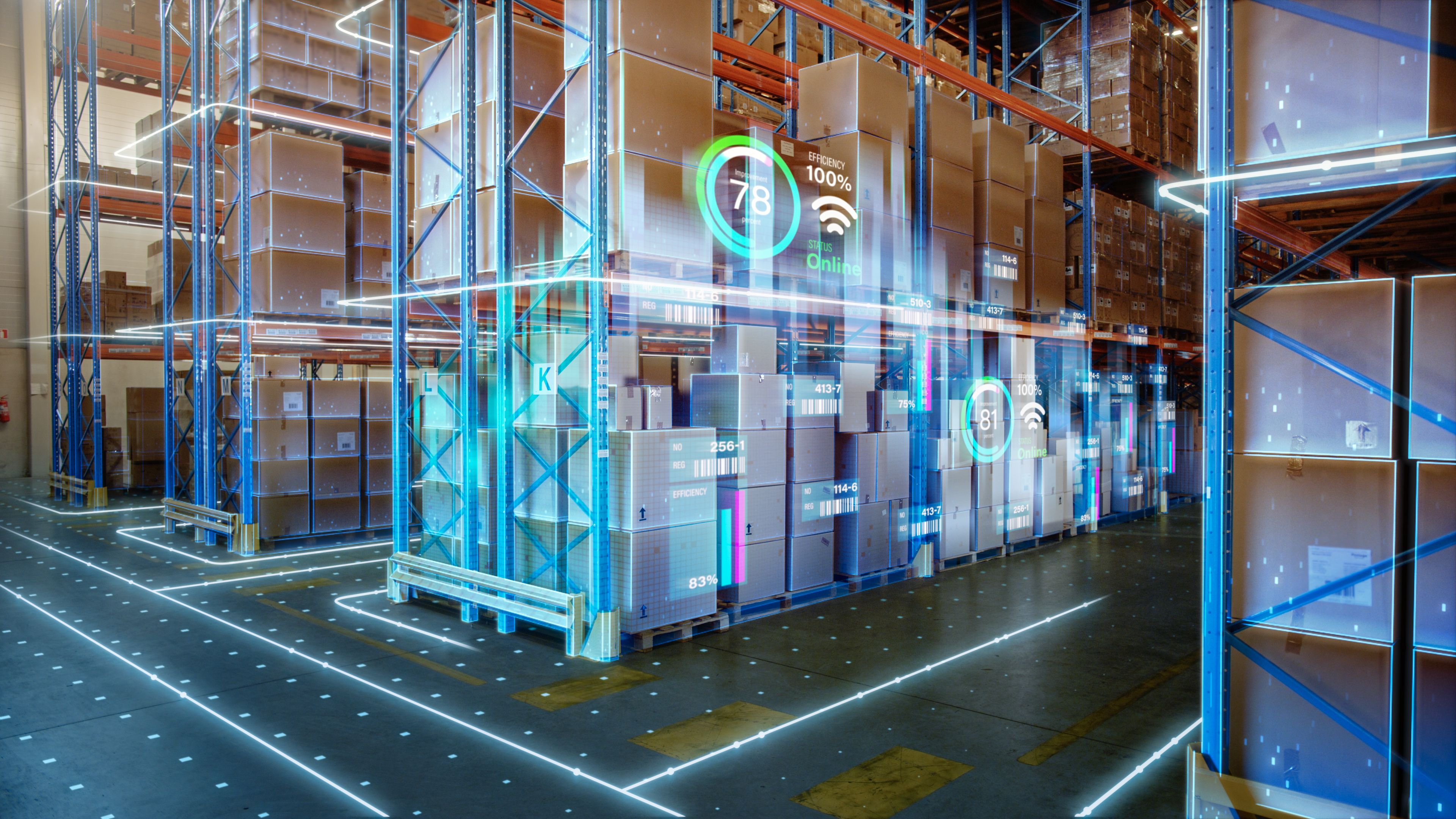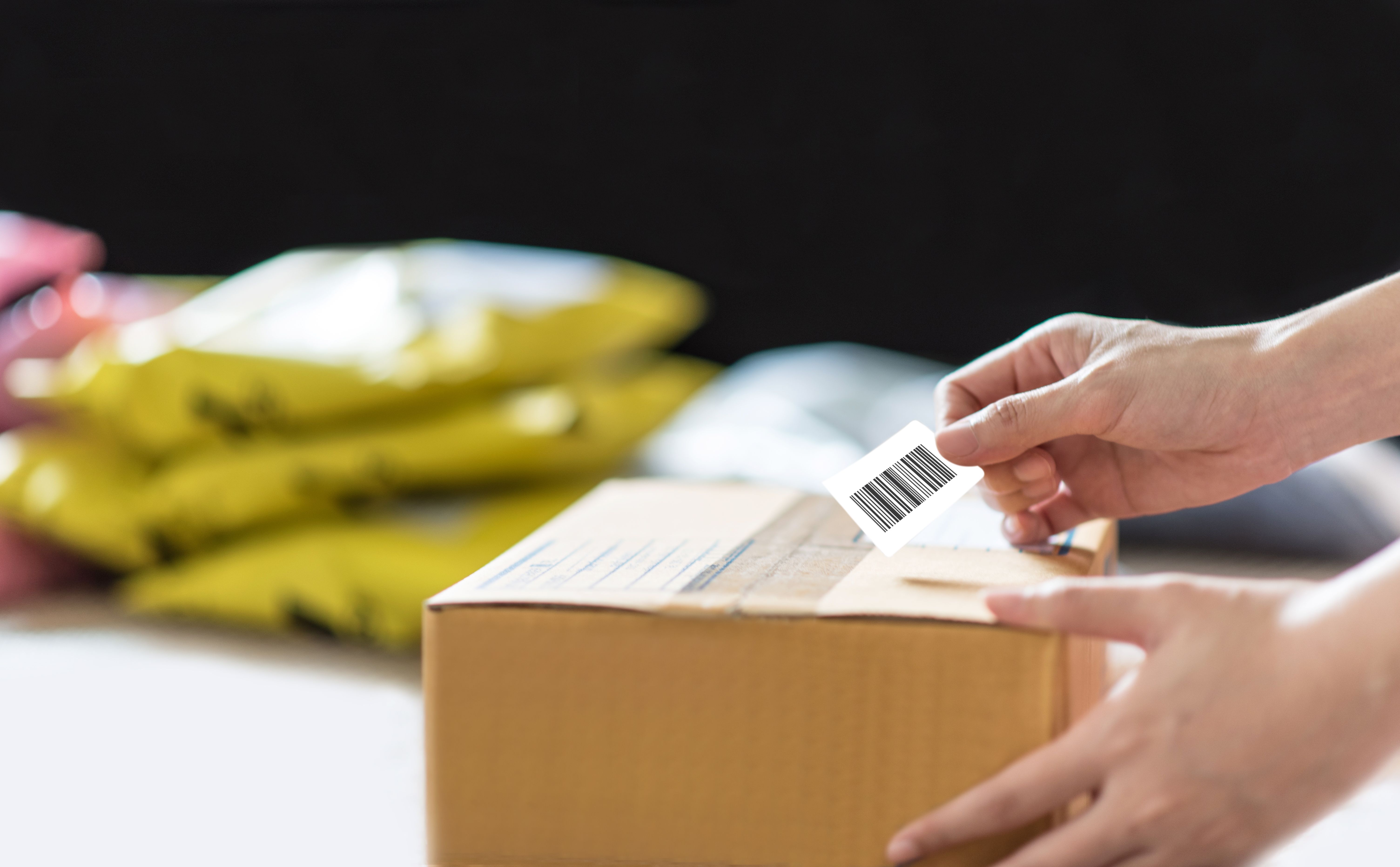Understanding Delivery Times: How Long Will It Take to Get Your Items?
Understanding the Basics of Delivery Times
When shopping online, one of the most common questions customers have is, "How long will it take to get my items?" Understanding delivery times can help set realistic expectations and enhance the shopping experience. Delivery times can vary based on several factors, including the shipping method chosen, the location of the warehouse, and external conditions such as weather or holidays.
Typically, retailers offer several shipping options, ranging from standard to expedited or even same-day delivery. Each method comes with its own timeline and cost, allowing customers to choose what best suits their needs. It's important to note that delivery estimates are just that—estimates. While many companies strive to meet these timelines, unforeseen delays can occur.

Factors Influencing Delivery Times
Several factors can influence how long it takes for your items to reach your doorstep. One major factor is the location of the warehouse from which the item is shipped. If the warehouse is located near your area, the delivery time may be shorter. Conversely, international shipments can take significantly longer due to customs processing and additional transit distances.
Another key factor is the shipping carrier used by the retailer. Different carriers offer different levels of service, and their performance can vary based on their logistical capabilities and network reach. Additionally, during peak seasons like holidays, carriers often experience higher volumes of packages, which can result in delays.

Shipping Methods Explained
To better understand delivery times, it's helpful to know the different shipping methods available. Here’s a quick breakdown:
- Standard Shipping: Typically takes 5-7 business days but can vary depending on the distance.
- Expedited Shipping: Generally delivered within 2-3 business days and is more costly than standard shipping.
- Same-Day/Next-Day Shipping: Offers the fastest delivery but is usually limited to certain areas and comes at a premium price.
Tracking Your Order
Once your order is shipped, most retailers provide a tracking number that allows you to monitor its progress online. This service provides real-time updates on the package's whereabouts and an estimated delivery date. Tracking not only provides peace of mind but also helps you plan for when the package will arrive.

However, it's important to keep in mind that tracking information might not always be updated immediately. There can be a lag in updates depending on the carrier's system and how frequently they scan packages during transit. In cases where tracking information is unavailable or delayed, contacting customer service can help provide additional insights.
External Factors to Consider
External factors such as weather conditions, natural disasters, or political events can also impact delivery times. These are generally beyond the control of both retailers and carriers, making them unpredictable. During such events, it's advisable to check for any service alerts from the carrier for updates on possible delays.
Additionally, during peak shopping seasons like Black Friday or Cyber Monday, there's usually a surge in orders, which can strain both warehouses and carriers. Planning ahead and placing orders early during these periods can help avoid potential delays.

Conclusion: Planning Your Purchases
Understanding delivery times involves considering various factors that influence how quickly your items will arrive. By being informed about shipping options, tracking your orders, and considering external factors, you can better manage your expectations and enjoy a smoother online shopping experience. The key is to balance urgency with practicality and make informed decisions based on your specific needs.